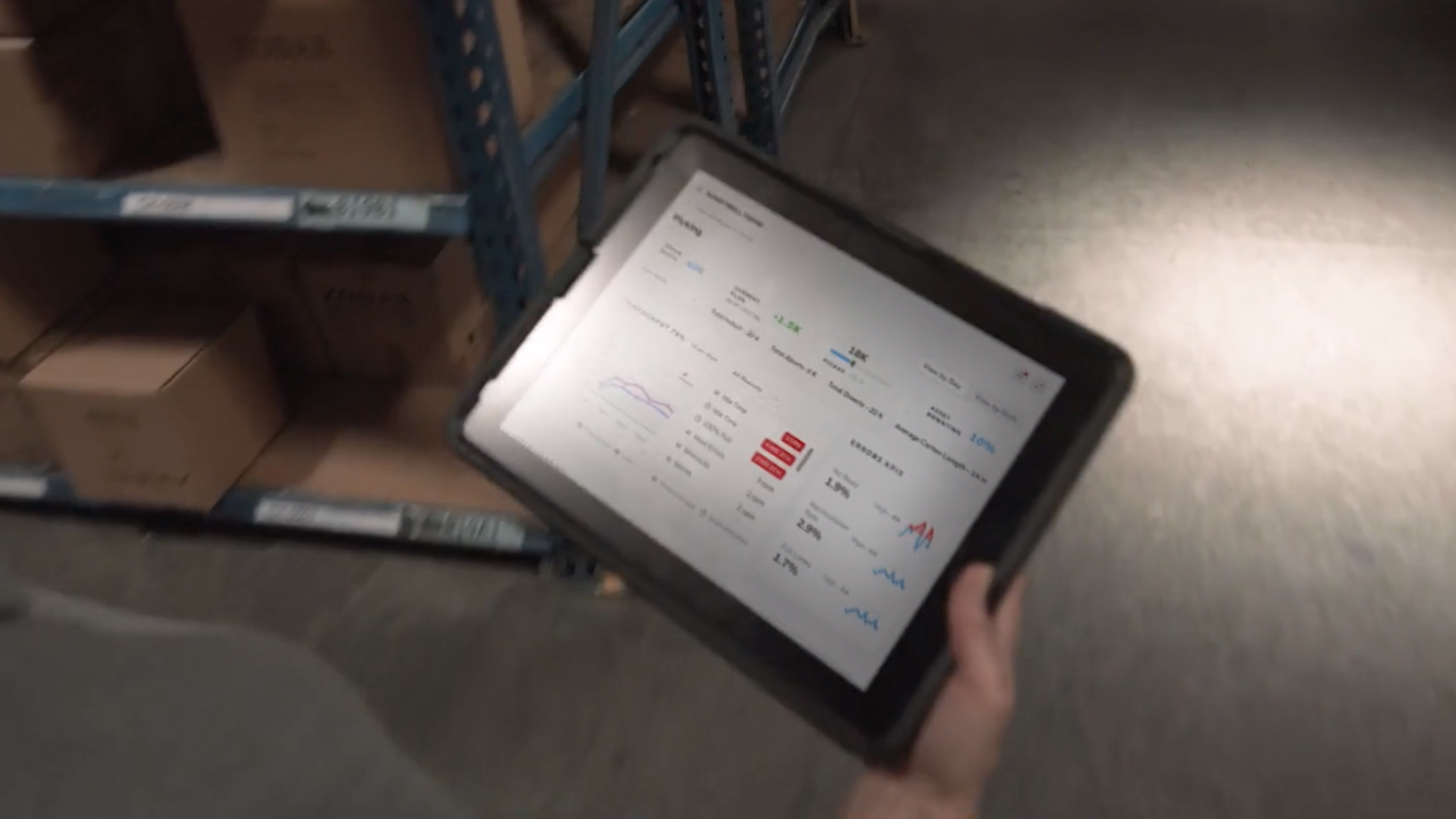Explore Thought Leadership for Industrial Operations

Reduce Unplanned Downtime
20-80% reduction in unplanned downtime. (Based on customer observed outcomes.)

Increase Efficiency
5% efficiency increases through better energy utilization. (Based on customer observed outcomes.)

Reduce Incidents
50% reduction in the number and cost of EHS related incidents. (Based on customer observed outcomes.)

Practice RP584
Align to API recommended practice on integrity operating windows.
Explore Features of Operations Management
Frequently Asked Questions
Control room operators often rely heavily on alarm limits to drive industrial processes to meet production plans. This increases the risk of abnormal situations and leaves little opportunity to run processes optimally to increase efficiency, reduce off-spec production and drive increased throughput and yield.
Operating outside defined limits is responsible for to up to 76% of abnormal situations and equipment failures. This is a major contributor to the $20 billion per year lost to unplanned downtime in the process industry.
Many industrial accidents and incidents occur within hours of a shift handover and are often due to failures in communication or misunderstandings. Incidents often take place during maintenance work or in the implementation of changes.
To help keep this from happening, consistency and access is key. Paper-based shift logs are restrictive in what they capture and can’t be easily shared with all those that need them. Even custom electronic document and email solutions require operators to spend significant time gathering data rather than operating their process. In both cases, a consistent shift handover process is difficult to achieve with this current process.
Tools designed to help manage and control critical limits, shift handovers, and process deviations are needed to better achieve effective operations management.


.jpg)





